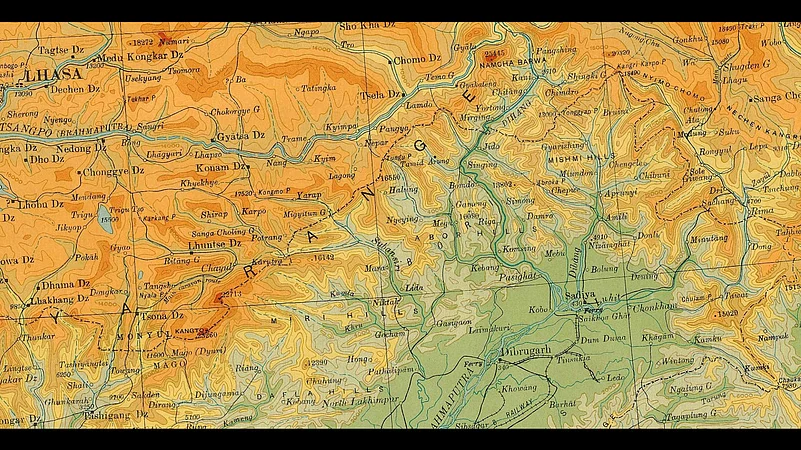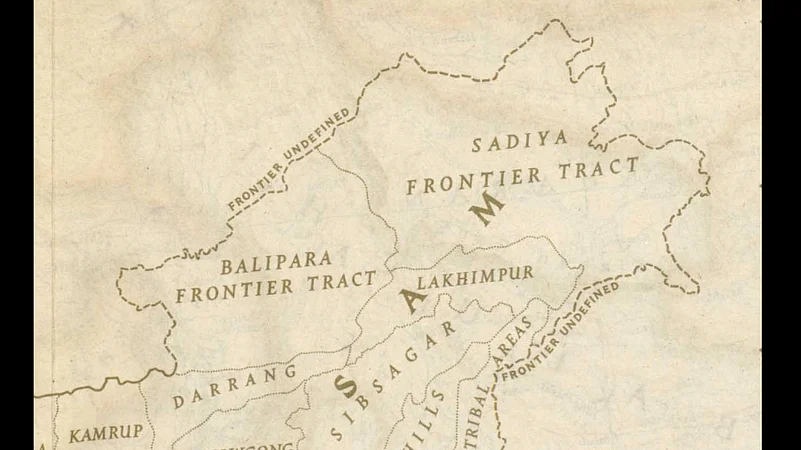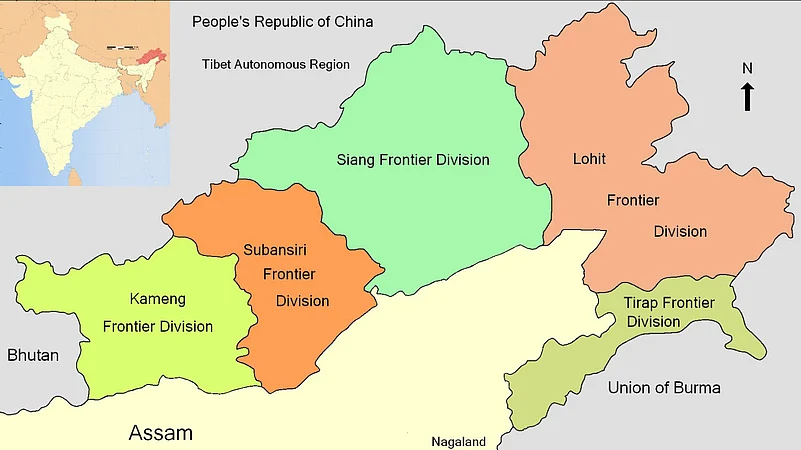Old-timers in north-east India may fondly recall January 20, 1972, as a red-letter day. It was, after all, on this date that the North-East Frontier Agency (NEFA) was renamed Arunachal Pradesh and gained the status of a Union Territory.
An auspicious history
Long before it became a Union Territory, Arunachal Pradesh gained a definite identity under the British administration. Starting roughly around 1875, the British government started charting an administrative jurisdiction in relation to the frontier tribes inhabiting the area. Finally, in 1912-1913, the British government was able to work with the indigenous people to carve out the North-East Frontier Tracts (NEFT), a region comprising three sections — the Ballipara Frontier Tract, the Lakhimpur Frontier Tract and the Sadiya Frontier Tract. These areas were kept outside the purview of the usual laws of the land — and by 1914, the McMahon Line had been drawn to demarcate it from Tibet and, by extension, China.

However, by 1946, the year before independence, the Tracts had been reorganised and were administered by the Governor of Assam. They now consisted of Sadiya, Lakhimpur, Tirap, Sela Sub Agency and Subansiri area (Sela and Subansiri constituted what was the erstwhile Ballipara Frontier Tract). When India became independent, NEFT fell under the jurisdiction of the Government of Assam till January 26, 1950. This was after a sub-committee headed by the then Assam Chief Minister ‘Lokpriya’ Gopinath Bordoloi recommended that the reins of the territory be taken over by the Assamese government, since this was quite a large territory. But the Government of India decided to govern it as an “Excluded Area”, with the Governor of Assam acting as an agent of the President of India.

In 1950, the administration of Balipara, Tirap, Abor Hill district and Mishmi Hills district—all plain-land areas—were transferred to the Government of Assam. In 1951, though, units of the tracts were reconstituted again—Tuensang Frontier Division was created, which later merged with Nagaland. The remaining portions of the Tracts, after the introduction of the North East Frontier (Administration) Regulation, 1954, were designated as the North-East Frontier Agency (NEFA). First, NEFA was brought under the Ministry of External Affairs, and in August 1965, the administration was transferred to the Ministry of Home Affairs, which supervised and controlled the region till 1972 when it gained the status of a Union Territory.

It was on the cold morning of January 20, 1972, that the then Prime Minister Indira Gandhi officially rechristened NEFA as Arunachal Pradesh and granted it the status of a Union Territory in Ziro, the headquarters of Lower Subansiri district. The momentous event was marked by songs and dances by the local troupes. It would be another 15 years until Arunachal Pradesh finally achieved statehood on February 20, 1987.


























